Milwaukee M18 FAP180 User manual
Other Milwaukee Sander manuals

Milwaukee
Milwaukee 2649-20 User manual
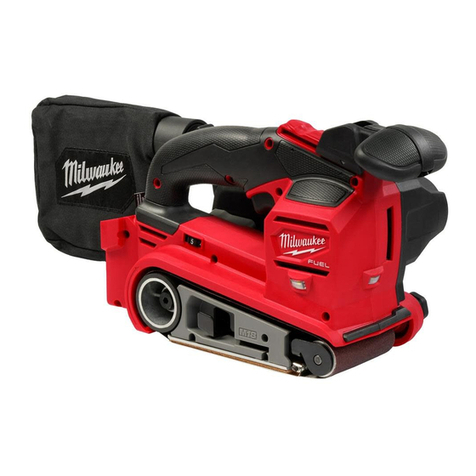
Milwaukee
Milwaukee 2832-20 User manual
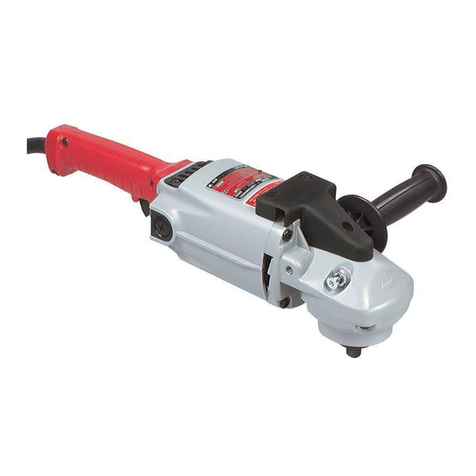
Milwaukee
Milwaukee 6065 User manual

Milwaukee
Milwaukee M18FROP1500 User manual

Milwaukee
Milwaukee 6080-20 User manual

Milwaukee
Milwaukee M18 FROP15 User manual

Milwaukee
Milwaukee HBSE 75 S User manual

Milwaukee
Milwaukee M18 User manual

Milwaukee
Milwaukee 48-09-0300 User manual

Milwaukee
Milwaukee FINISHING SANDER User manual

Milwaukee
Milwaukee ROS 150 E-2 User manual

Milwaukee
Milwaukee 6130-33 User manual
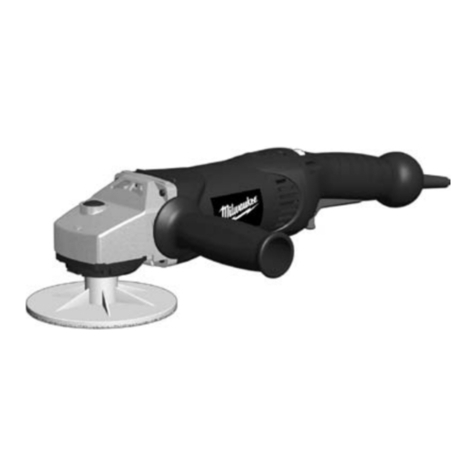
Milwaukee
Milwaukee AP 12 E User manual

Milwaukee
Milwaukee 58-01-0470 User manual

Milwaukee
Milwaukee M12 BPS User manual

Milwaukee
Milwaukee 6034-21 User manual

Milwaukee
Milwaukee 6016 Guide

Milwaukee
Milwaukee M18 FUEL 2684-20 User manual
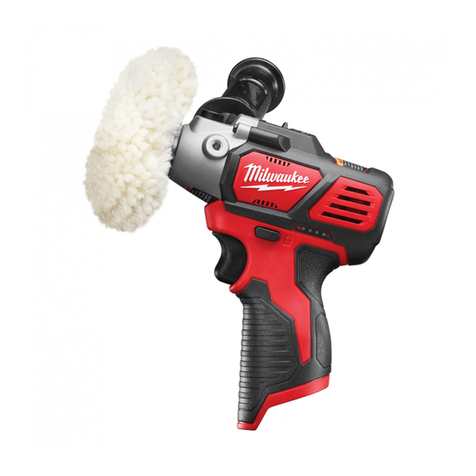
Milwaukee
Milwaukee M12 BPS User manual
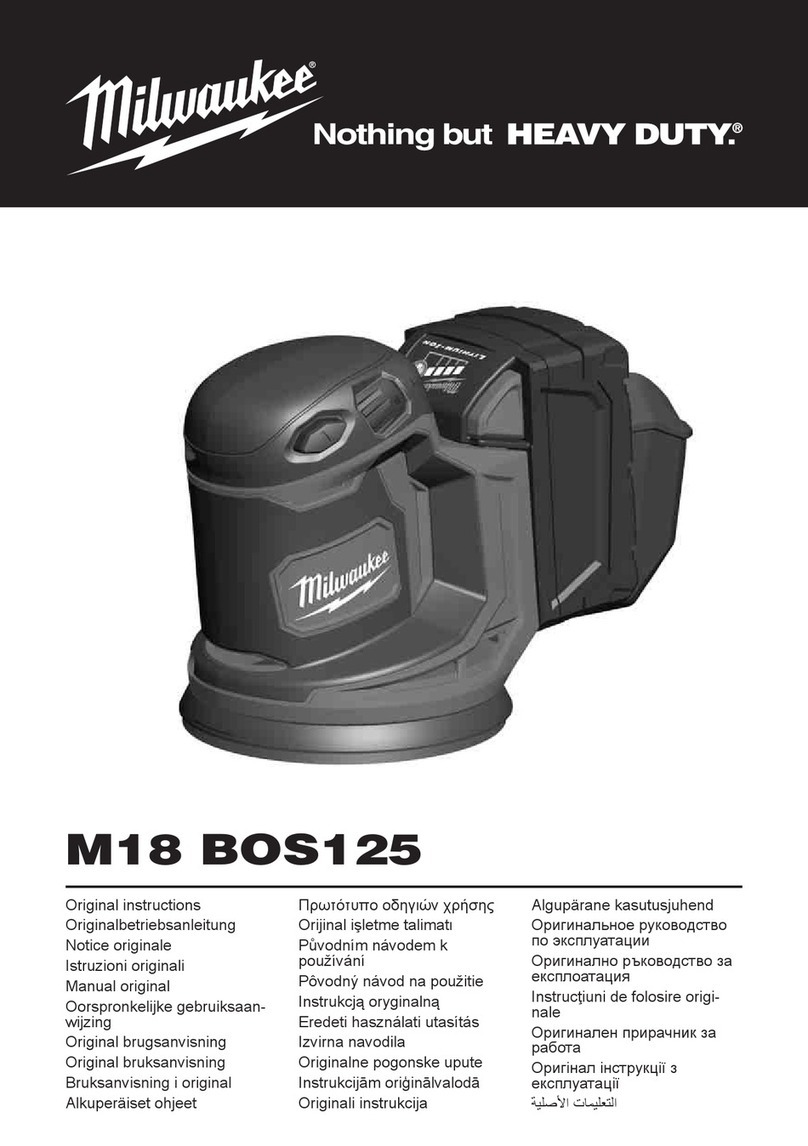
Milwaukee
Milwaukee M18BOS125-O User manual































